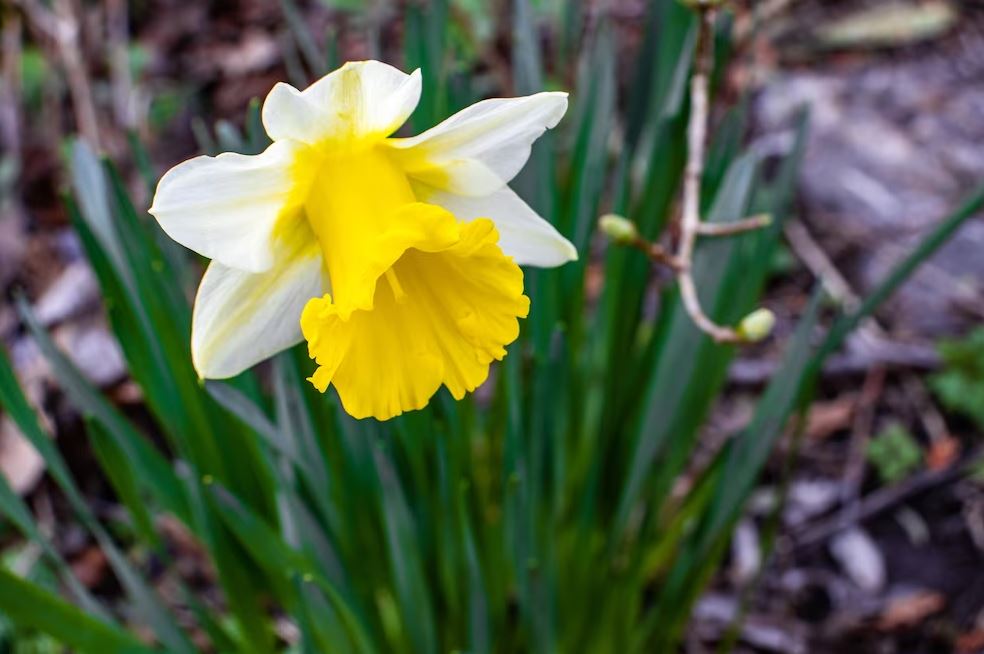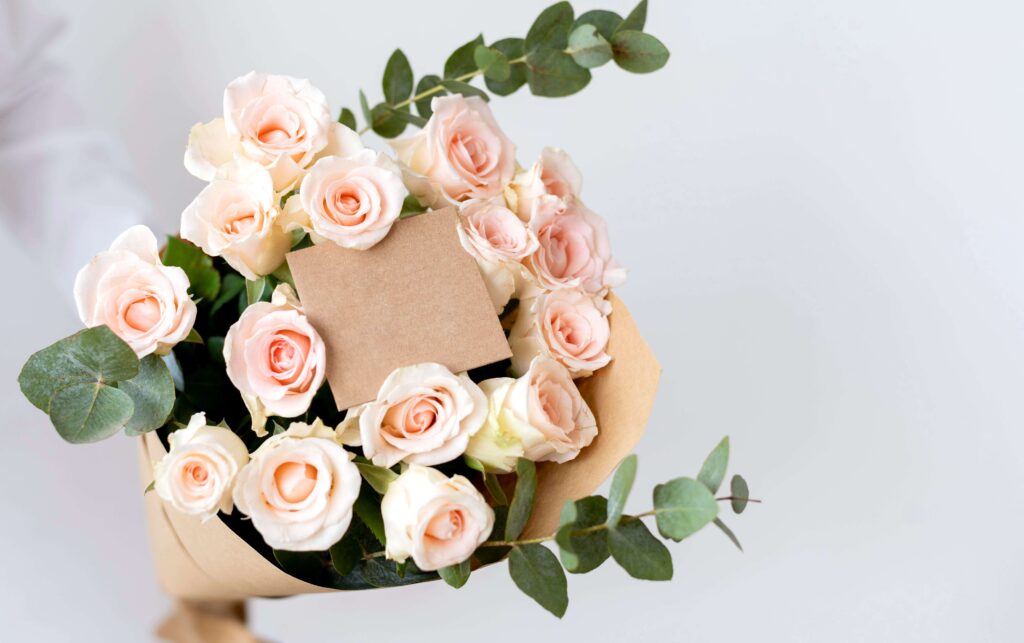Narcissus flowers, with their delicate petals and enchanting fragrance, have captivated hearts and minds for centuries. Known for their elegance and symbolism, these blooms hold a special place in the world of flowers. In this blog, we’ll explore the fascinating world of Narcissus flowers, their origins, varieties, cultural significance, and the symbolism they carry.
Origins and Varieties
Narcissus flowers belong to the genus Narcissus, which is part of the Amaryllidaceae family. Native to Europe, North Africa, and Asia, these beautiful flowers have been cultivated and cherished throughout history. With over 50 species and countless hybrids, the Narcissus genus offers a wide range of varieties, each boasting its unique characteristics.
The most well-known variety is the classic yellow daffodil (Narcissus pseudonarcissus), which is often associated with the arrival of spring. Other popular varieties include the paperwhite (Narcissus papyraceus), with its pure white petals and heavenly fragrance, and the poeticus narcissus (Narcissus poeticus), featuring white petals with a small yellow cup.
Symbolism and Mythology
Narcissus flowers carry a rich symbolism that dates back to ancient mythology. The name “Narcissus” itself is derived from the Greek mythological character Narcissus, who was known for his extraordinary beauty. According to the myth, Narcissus fell in love with his own reflection in a pool of water and became so enamored that he eventually wasted away, turning into the beautiful flower we know today.
Due to this myth, Narcissus flowers have come to symbolize vanity, self-love, and self-admiration. They serve as a reminder of the importance of balance and healthy self-esteem, cautioning against excessive self-absorption.
In addition to their association with narcissism, Narcissus flowers also represent rebirth and new beginnings. Their emergence in early spring symbolizes the end of winter and the arrival of a fresh season of growth and rejuvenation. These flowers are often given as gifts to celebrate the start of a new chapter in life, such as a graduation or the birth of a child.
Cultural Significance
Narcissus flowers have held cultural significance in various regions throughout history. In Chinese culture, they symbolize good fortune and prosperity. These flowers are commonly associated with the Chinese New Year, and their bright colors are believed to bring luck and wealth to households.
In the United States and the United Kingdom, daffodils are recognized as the emblem of cancer charities. The American Cancer Society and the Marie Curie Cancer Care organization in the UK use daffodil as a symbol of hope and support for those affected by cancer.
Growing and Caring for Narcissus Flowers
Narcissus flowers are relatively easy to grow and make a delightful addition to any garden or indoor space. Here are some key tips for their cultivation:
- Planting: Narcissus bulbs should be planted in well-drained soil during the autumn season. Choose a location that receives plenty of sunlight.
- Watering: While Narcissus flowers require regular watering during their growth phase, it’s essential not to overwater, as excessive moisture can cause the bulbs to rot.
- Maintenance: Deadhead the spent flowers to promote new growth and maintain a neat appearance. Allow the foliage to wither naturally after flowering to replenish the bulb for the following year.
Conclusion
Narcissus flowers, with their timeless beauty and profound symbolism, have enchanted people for centuries. From ancient mythology to cultural traditions, these blooms continue to inspire and bring joy to those who encounter them. Whether adorning gardens, brightening up bouquets, or symbolizing new beginnings, narcissus flowers hold a special place in the floral world.
Their origins in Europe, North Africa, and Asia have allowed narcissus flowers to become beloved across different cultures. Their popularity stems not only from their vibrant colors and delicate petals but also from the various meanings they convey. The daffodil, with its sunny yellow hue, is often associated with joy, happiness, and optimism. Its arrival in early spring signifies the end of winter’s gloom and the promise of brighter days ahead. These cheerful flowers have become an emblem of hope and renewal.
Narcissus flowers’ allure extends beyond their visual appeal. Their captivating fragrance, especially in varieties such as the paperwhite, fills the air with a sweet and intoxicating scent. The fragrance, combined with their exquisite beauty, makes narcissus flowers a popular choice for creating stunning floral arrangements, both indoors and outdoors.
For those interested in cultivating narcissus flowers, they offer the joy of watching the flowers emerge and bloom, signifying the cycle of life and growth. Their bulbs can be easily planted in the autumn, providing the opportunity to witness their vibrant blooms the following spring. With proper care and attention, these flowers will grace your garden year after year, spreading their charm and bringing delight to all who encounter them.
In conclusion, narcissus flowers not only captivate with their visual beauty but also carry profound symbolism and cultural significance. From their mythical origins to their representation of rebirth and new beginnings, these flowers serve as a reminder of the importance of balance, self-appreciation, and the celebration of life’s milestones. Whether gifted as a token of good fortune or adorning a springtime garden, narcissus flowers continue to enchant and inspire, reminding us of the inherent beauty found in nature and within ourselves. So, let the narcissus flowers bloom, infusing our lives with their elegance and reminding us to embrace our unique beauty and the endless possibilities that lie ahead.




